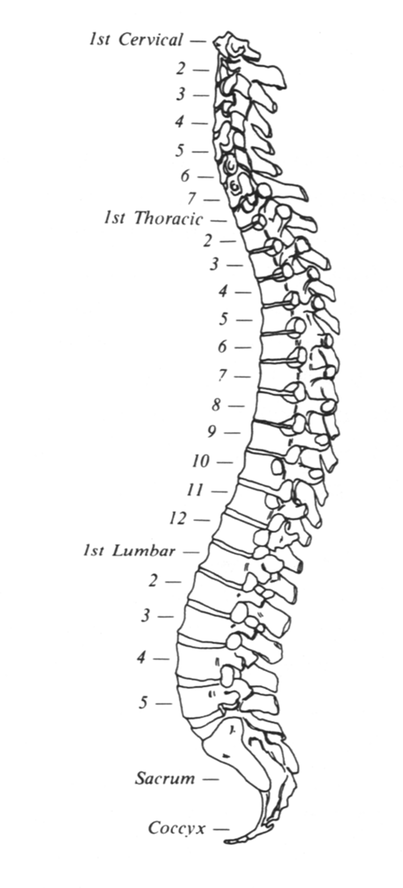The Authors#


Here are some lives.
It would be a disservice to present the people in this book as lived-happily-ever-after stories, for whose life is like that? We not only all have problems; we all need problems. Why else would we accept recreational and vocational challenges or fall in love? These things complicate and add difficulty to our lives, but we choose them willingly because they also add richness. So this book is not an effort to portray anyone’s life as relentlessly marvelous. These are lives with enough joy.
Who can ask for more? Who can be satisfied with less?
There are no Perfect Beings in this book. Compulsive Overdrive is only a temporary condition for even the most committed of overachievers, and it would be a mistake to think you should do as they have done or to compare your progress of weeks and months with theirs of years and decades. There’s nobody superhuman here: just people who, quickly or slowly, incisively or haltingly, identified and then did what they needed to do.
Is there more to achieve than this?
There will be statements about change. They are valuable as attitudinal indicators, but how does a 16-year old know if sex is better or worse since the accident, or if relationships are more or less complete, more or less satisfying? How does a para who adopts or conceives a child know if able bodied parenthood would have been more or less fulfilling? How can a quad who becomes a lawyer know if able bodied success would have been sweeter? We mature in spite of ourselves, with or without SCI, and change comes to us all. So this book is not an attempt to reduce or mitigate change, but an invitation to welcome change.
How else could we look forward to our days?
And, in these lives, there will be found some fine filament of sorrow. If these stories were of parents who had lost children, or of amputees, there would be the sorrow of a lost child or a lost limb. We have lost a neurological connection, and there is every reason to acknowledge the loss. So we have not escaped the sorrow, but have refused to let the fact of injury interfere with the fullness of life.
What else is there to do, and who could do better?
Loose Ends#
Hospitals and Rehabilitation Centers: Fifty years ago, all institutions were inadequate for the spinal cord injured and all care was primitive. Times have changed since then, and good care and treatment can now be found. As in any long learning process, mistakes were inevitably made. Even today’s state-of-the-art SCI centers are responsible for a few of yesterday’s horror stories, so it seems clear that institutions should be judged more on their present works and less on their past shortcomings. For this reason, I have protected many institutions from their own histories by leaving them nameless. But nameless may not be blameless. Bad care is still very easy to find, and this book attempts to help you to distinguish it from good care.
Level of Lesion: Any hospital can provide a chart which locates the spinal segments. While injury levels are given in all of the profiles in this book for rough comparative purposes, it should be understood that two people with nearly identical injuries will likely have very different consequences. There is no sacred level of performance that every C5 injury must attain other than to do as much as is realistically possible and useful. While the accomplishments of super-achievers are often laid to force of character or divine intervention, perhaps properly, these accomplishments may also reflect neurological quirks.
The Film: The interviews for this book and the location shooting for its companion film, OUTSIDE, took place simultaneously. Hence the occasional references to cameras, recorders and lights.
The Profiles: Descriptions designed to allow comparisons (kind of injury, level, date and age at onset, social background, post-injury history) require some redundancy. It is necessary for me to repeat and for you to forgive. And to sift through the profiles for those that seem comfortably close to home. This is a smorgasbord of sorts, and you are invited to pick and choose. It may require time, a little living with an injury, before some of the interviews which follow have full meaning, or even make any sense. Take your time and make friends with them as they seem helpful. They’re good people to meet at the right time.

